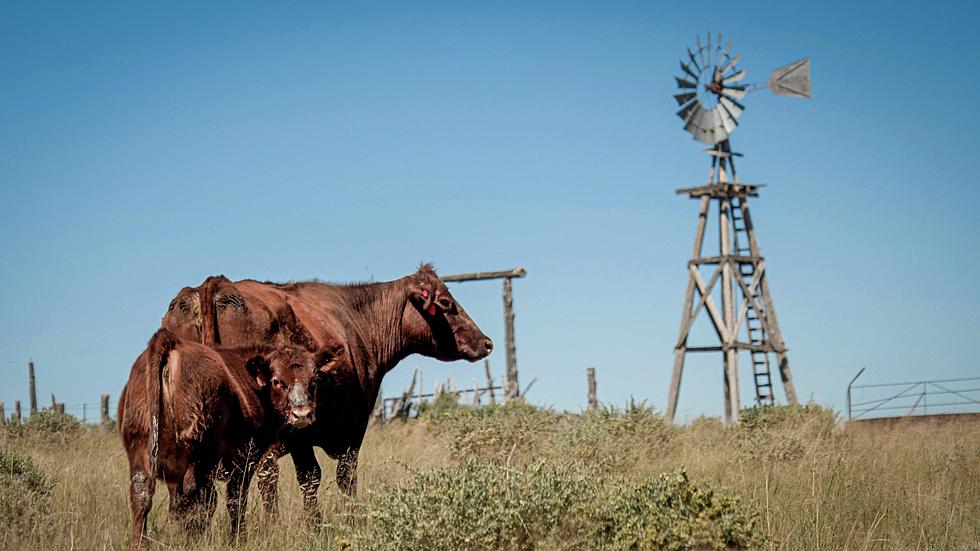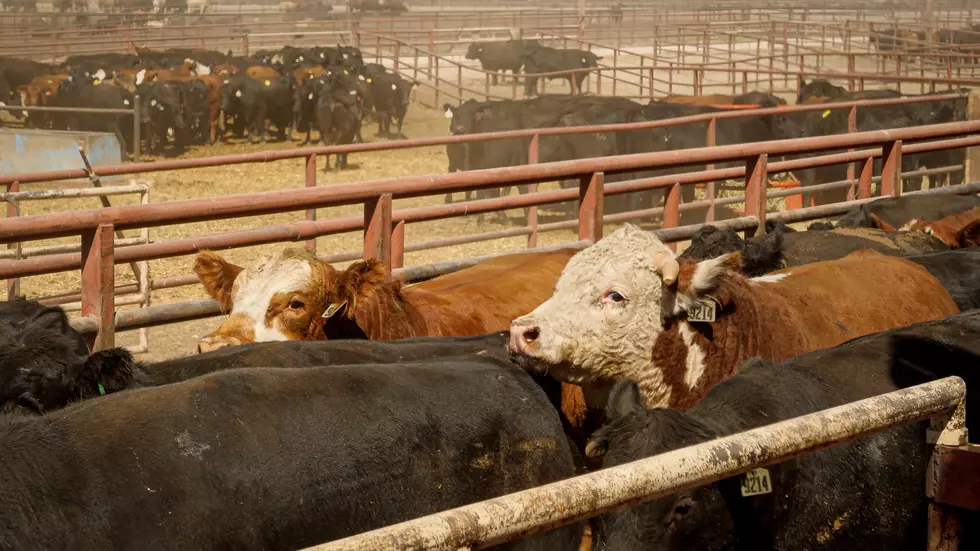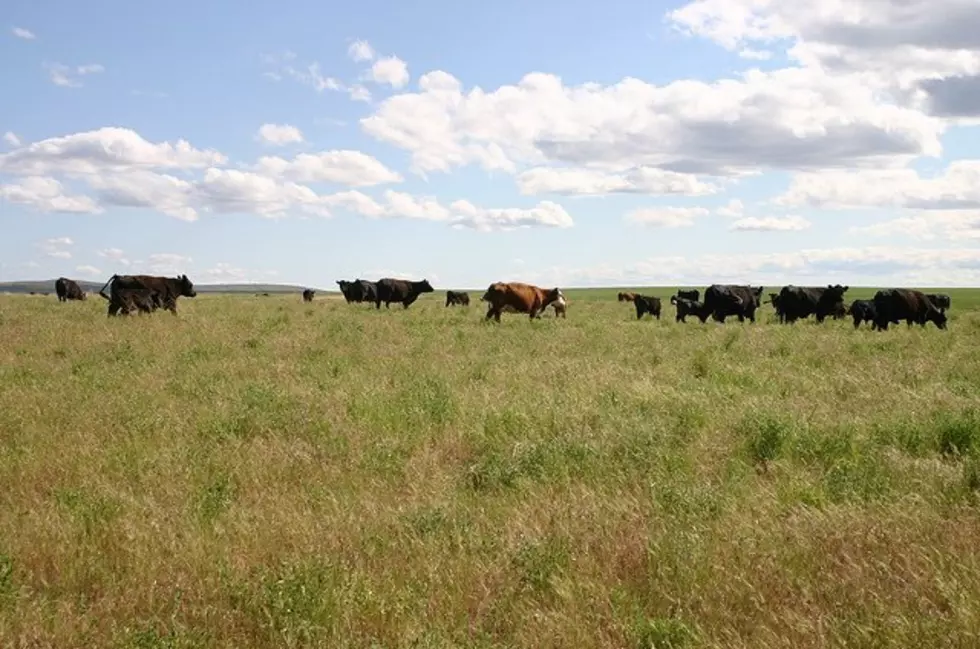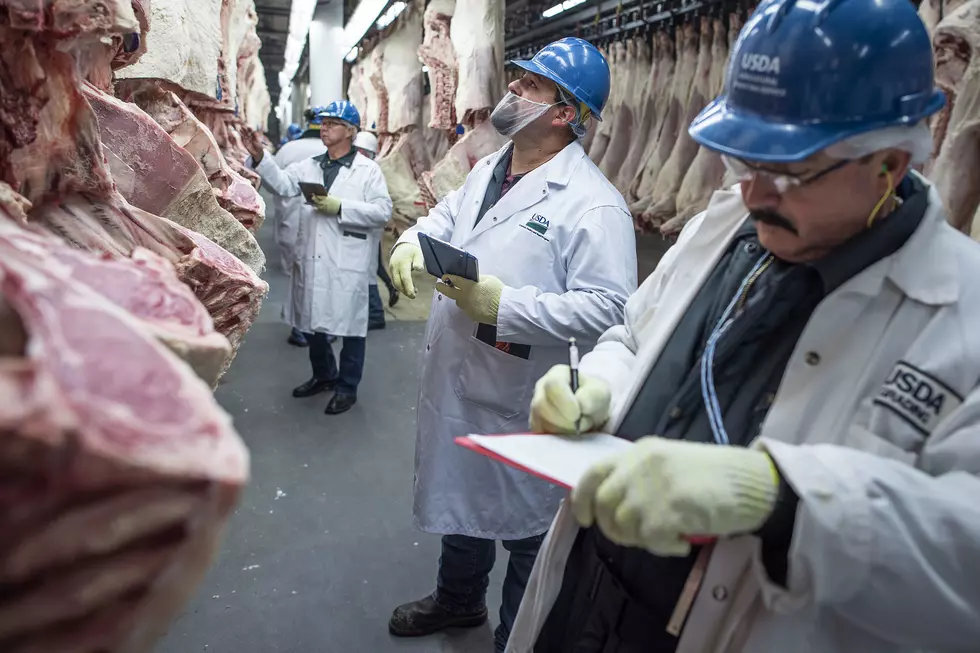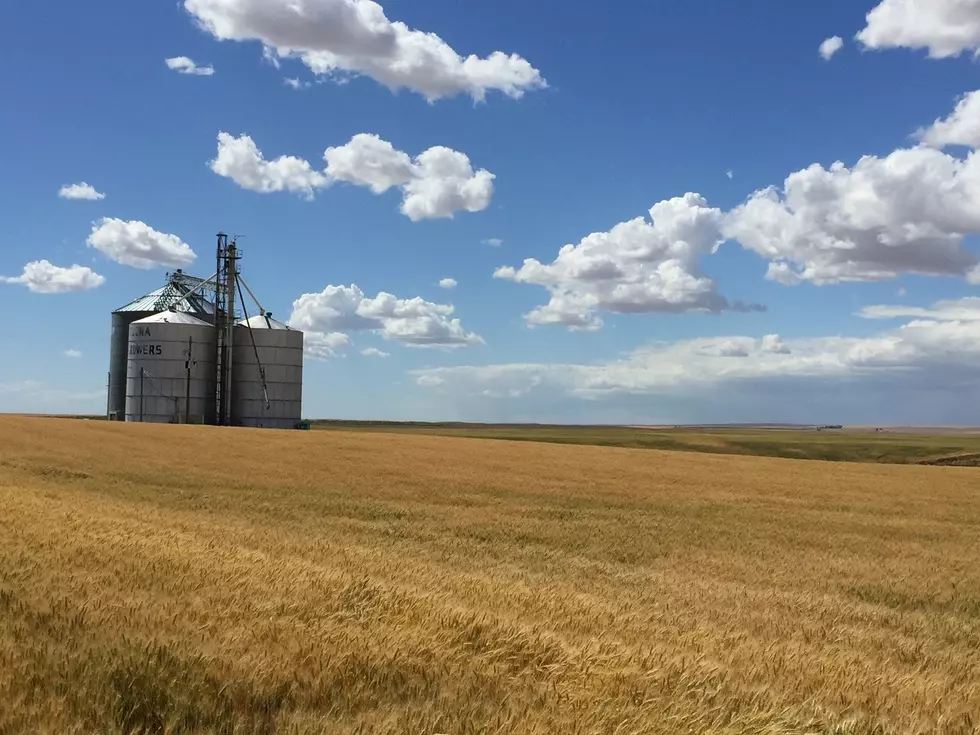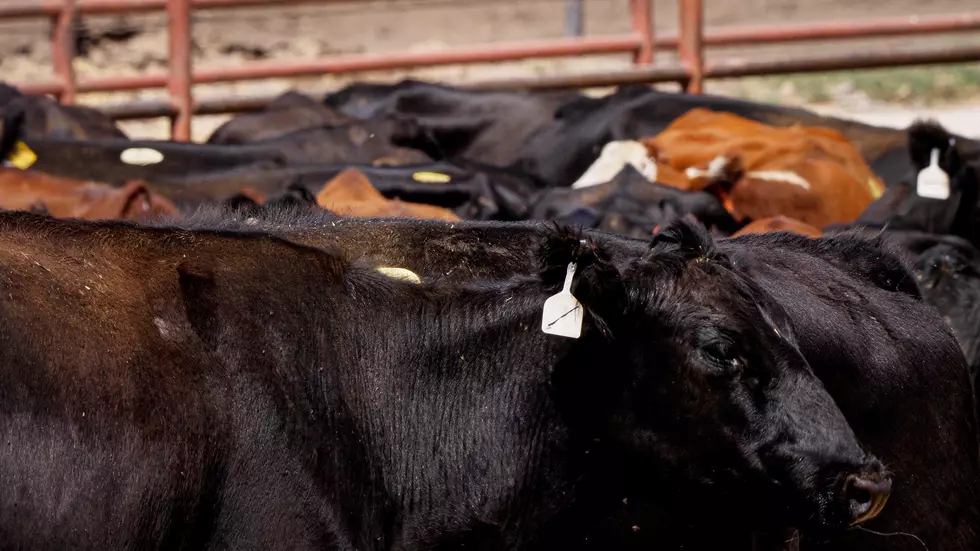
Deworming Diagnostic To Determine What’s Working
It’s important to figure out if a deworming program is working as it should. Routine diagnostic testing can help producers figure out what’s working.
“We can find out where you are as a baseline for your individual operation, and then also be able to measure whether or not the expected performance or efficacy of your deworming program is at the level you would like," noted Dr. D.L. Step, professional services veterinarian for Boehringer-Ingelheim. "Also potentially identifying with your diagnostics the particular types of parasites that might be impacting your operation, and that can also be maybe related a little bit to the age or phase of production of cattle that the owners will be working with and also it might be able to give an indication whether or not we need to kind of adjust the deworming program to fit that particular operation.”
Step says there are a couple of diagnostic tests that will be beneficial for producers and veterinarians.
“Fecal egg count, and what we do on that it get the number of eggs per gram. And we use this in what they call a fecal egg count reduction test. So that means you collect some samples at the time of deworming, and then, depending upon the class of dewormer being administered, you collect some follow-up samples within two to four weeks depending on the type of product following the administration, and then you calculate a reduction in those egg counts. And that will be a reflection within that population of how the particular deworming program is performing.”
Step also stressed the importance of a 2nd diagnostic test.
“What they refer to as a coproculture, and that is, in the lab, they will take the eggs and they will actually them out. And from hatching them out, a qualified technician or veterinarian can look at what species of internal parasite is the most prevalent or the different species that are involved in that particular population of animals. And then again, working with your veterinarian, you can take the results of those tests so that you can interpret them for that particular operation.”
He noted there are other steps producers can take to get the most out of their deworming programs.
“Consider combination treatment using two or more dewormers from different drug classes and have different modes of action that can result in a better reduction of eggs for parasites, and also decrease potential resistance. Another thing is potentially to talk about refugia, something we're trying to get additional data on in cattle. It's where a certain percentage of the animals are not administered a dewormer product, and that will allow a dilution effect in the environment of some potentially resistant parasites. Another thing is management aspects like pasture management. Make sure that there's plenty of grass available for the animals to graze on but also not to overgraze, where it's harder on the normal grasses to grow up, and also we can get some noxious plants that may not be as healthy for the animals.”
No matter the protocol you choose, Step said it's important you always follow the product label.
If you have a story idea for the PNW Ag Network, call (509) 547-9791, or e-mail glenn.vaagen@townsquaremedia.com
More From PNW Ag Network

